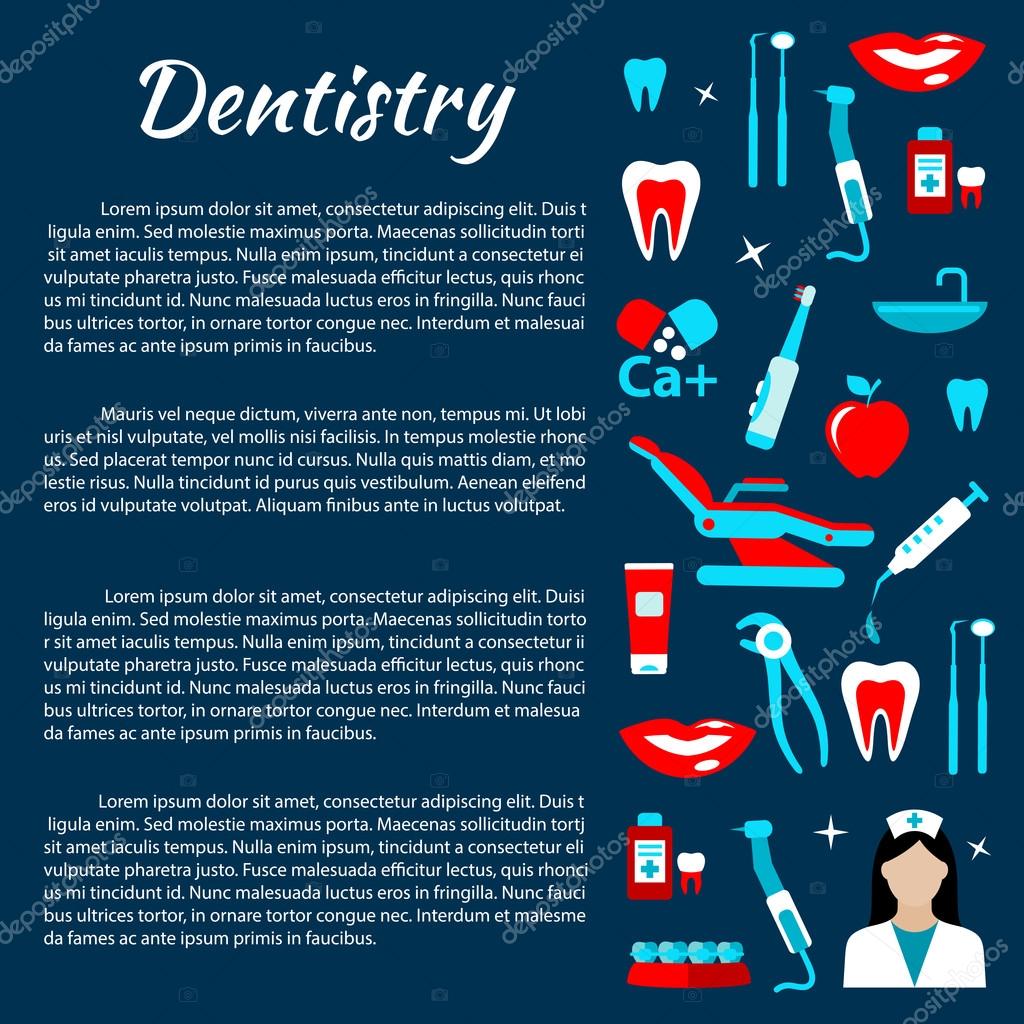Learn About The Innovative Innovations That Are Revolutionizing The Method Of Oral Surgery. Examine The Future Of This Area And Position Yourself Advantageously. Click Now For A Consider The Future
Learn About The Innovative Innovations That Are Revolutionizing The Method Of Oral Surgery. Examine The Future Of This Area And Position Yourself Advantageously. Click Now For A Consider The Future
Blog Article
Web Content Composed By-Demir Browne
Welcome to the globe of oral surgery, where developments and breakthroughs are shaping the future of the area! In this amazing realm, you'll witness the transformative power of robotics, the advanced marvel of 3D printing, and the game-changing effect of minimally intrusive methods.
The future of oral surgery holds a guarantee of precision, performance, and enhanced client outcomes. With the help of sophisticated robotics, surgeons are able to do complex treatments with greater accuracy and control.
3D printing modern technology is changing the creation of dental implants and prosthetics, using customized remedies that fit perfectly right into each client's special makeup.
Additionally, minimally intrusive techniques are decreasing post-operative pain and recovery time, enabling patients to return to their day-to-days live sooner.
Prepare yourself to check out the exciting advancements and developments that are reshaping the landscape of dental surgery!
Advancements in Robotics
One significant innovation in oral surgery is using robot technology, which enables exact and reliable surgical procedures. With the help of robotic systems, oral surgeons have the capability to carry out intricate surgeries with improved accuracy, minimizing the risk of human mistake.
These robot systems are geared up with innovative imaging modern technology and specific tools that enable doctors to browse through detailed anatomical structures easily. By utilizing robot modern technology, surgeons can accomplish better medical accuracy, resulting in boosted client end results and faster healing times.
Furthermore, the use of robotics in dental surgery enables minimally intrusive treatments, lowering the trauma to bordering tissues and promoting faster healing.
3D Printing in Dental Surgery
To improve the area of dental surgery, you can discover the subtopic of 3D printing in dental surgery. This cutting-edge technology has the prospective to revolutionize the means oral doctors run and deal with clients. Below are country dentistry in which 3D printing is shaping the field:
- ** Customized Surgical Guides **: 3D printing enables the production of very accurate and patient-specific surgical overviews, improving the accuracy and performance of procedures.
- ** Implant Prosthetics **: With 3D printing, dental surgeons can develop customized dental implant prosthetics that flawlessly fit an individual's one-of-a-kind composition, leading to far better outcomes and patient fulfillment.
- ** Bone Grafting **: 3D printing allows the manufacturing of patient-specific bone grafts, lowering the demand for standard grafting strategies and improving recovery and healing time.
- ** Education and Educating **: 3D printing can be made use of to create reasonable medical models for academic purposes, permitting dental cosmetic surgeons to exercise complicated treatments before doing them on clients.
With its potential to improve precision, personalization, and training, 3D printing is an exciting growth in the field of dental surgery.
Minimally Invasive Methods
To further advance the area of dental surgery, embrace the possibility of minimally invasive strategies that can significantly benefit both cosmetic surgeons and patients alike.
Minimally invasive methods are reinventing the field by decreasing medical trauma, reducing post-operative discomfort, and increasing the recuperation process. These methods entail utilizing smaller incisions and specialized instruments to carry out procedures with precision and effectiveness.
By making use of sophisticated imaging innovation, such as cone beam of light calculated tomography (CBCT), specialists can properly intend and perform surgical treatments with marginal invasiveness.
In addition, the use of lasers in dental surgery allows for accurate tissue cutting and coagulation, leading to decreased blood loss and lowered recovery time.
With minimally intrusive techniques, people can experience much faster healing, lowered scarring, and improved results, making it an important element of the future of dental surgery.
visit this website link , as you can see, the future of oral surgery is incredibly encouraging, with amazing innovations and developments forming the field.
From the innovations in robotics to the use of 3D printing and minimally intrusive methods, dental surgeons are revolutionizing the means they supply treatment.
While some may fret about the potential cost connected with these improvements, it is essential to bear in mind that these modern technologies inevitably improve client end results and decrease healing time, making them well worth the investment in the future.
